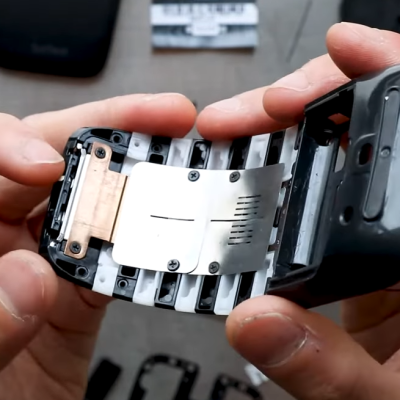In many ways, ICQ has always been a bit of a curiosity. It was one of the first major instant messenger clients of the 1990s. It saw broad uptake alongside the likes of AOL Instant Messenger and MSN Messenger. Yet, it outlasted both of them despite not being attached to an industrial juggernaut like AOL or Microsoft. After 27 years, however, it seems that the last petal will drop, with the shutdown of ICQ announced on the ICQ website for June 26, 2024.
Originally launched by an Israeli company, Mirabilis, in June of 1996, it took the Internet by storm, leading to AOL buying Mirabilis in June of 1998. Under the wing of AOL, ICQ kept growing its user base until it was sold to Digital Sky Technologies (now VK, which operates Mail.ru) in 2010. Around this time, the likes of Facebook and Google, with their own messaging solutions, came onto the scene, leaving ICQ to flounder. Ultimately, ICQ found a new home in the Russian market as a mobile messaging system until its imminent shutdown. Users are urged to move to the VK Messenger instead.
The demise of ICQ obviously led to a blast of nostalgia on sites like Hacker News, even though it has lost relevance in the West for many years. We’re sad to see this chapter end and will mourn the demise of our UINs (RIP, 61007952) along with our fellow compatriots in the usual IRC channels.
This is what happens when you depend on the grid. Going off the grid doesn’t have to look homemade, either.



















